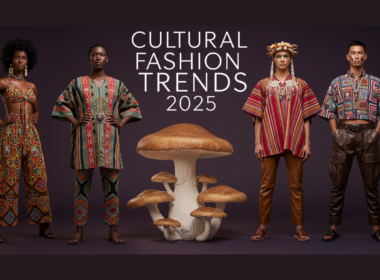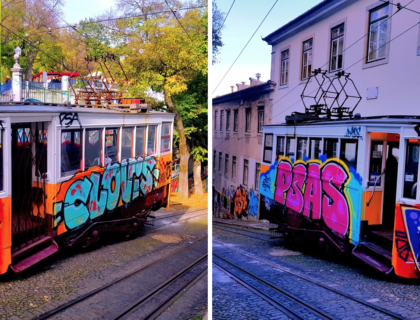As I sit down staring at the trees in my garden in Johannesburg, on this calm Wednesday evening while enjoying a beautiful glass of my Pinotage 2013 ‘Mon Homme,’ with Bob Marley playing in my background, I am thinking about the new world that I live in. The difference between our lives today and yesterday is the that fact that when one plans change, one is able to prepare for it, however when change happens without a plan like in this circumstance, it could be overwhelming. However, despite its overwhelming nature, we have to be prepared to adapt. This is our new world and the change applies to everything around us; family, work, lifestyle & our environment in general.
While brands slowly move their production strategies back to ‘local,’ and retailers shift to 100% e-commerce strategies, the manufacturing industry is not exempt to the changes we have to go through and adapt to at the same time.
“As the world faces this pandemic in unified isolation, we at Fashion Revolution are focusing on how the unfolding situation is affecting the people who make our clothes. Retailers are shutting their doors around the world, encouraging their customers to shop online instead. Yet the reality is that as we are forced to stay in our homes many of us are financially burdened by layoffs or new childcare responsibilities, and the desire to buy new clothes feels like a distant dream.”
-Fashion Revolution
The vast majority of fashion brands and designers work in anonymity for manufacturers as part of design teams adapting trendsetting styles into marketable garments for average consumers. According to Lectra’s article around how on-demand production will redefine supply chain processes, demand-driven fashion manufacturing could be the way forward to enable the fashion industry to survive and thrive well beyond the current global pandemic crisis, enabling buyers, manufacturers and their suppliers to build responsive, flexible and sustainable value chains that can deliver the right product in the right amount at the right time.
“This is especially true in the cutting room, where repetitive manual tasks and labor-intensive processes can hold up production. The new normal inside the cutting room is necessarily founded upon automation, which can eliminate human error, save time, improve quality and raise overall productivity.
-Lectra
On the flip side, as we sit in lockdown, we now have the opportunity to pay more attention to our wardrobe and fashion consumption because we are living in the ‘still’ and ‘present.’ In my previous article around how you as a consumer can consume sustainably, I highlight a few key points including buying local as a way of sustainable consumption. I believe that buying local from local brands who produce locally will reignite business from your local manufacturers based on customer demand and could be a great way to recover the economy through local manufacturing once again.
As we touch on sustainability on fashion from a consumer stand-point, upcycling is also one of my fashion highs that i advocate for more than ever, lately. Why buy more when you have pieces that have barely been worn and have a chance to live and thrive in whatever form you decide?
Fashion Revolution believes that this unique set of circumstances can hopefully bring about the #LovedClothesLast movement that they have been pushing for many years.
“Given the level of clothing overproduction that preceded this crisis, we hope that our days indoors can bring about revolutions in caring for our clothes better, mending and making clothing, and adopting a mindset of longevity when it comes to our wardrobes.”
-Fashion Revolution
It is fact that old ways won’t open new doors and that is how the virus pandemic is exposing the fundamental weakness in the traditional fashion value chain. Today, if you decide to seasonally manufacture items abroad without any advance customer feedback hoping that these items will sell in retail stores around the world months later, you would be taking a big risk. Industry overproduction runs at an incredible 30 – 40% each season. For a business with $2.5 trillion in global annual revenues, fashion is ripe for an overhaul of how it produces and in what quantities.
Since the Covid-19 pandemic crisis hit the world most borders still closed for travel, tt is possible that there is still a reliance on China’s fashion manufacturing, sourcing and supply chain with approximately 60 percent of the world’s fashion still produced in China when it comes to raw materials, fibres, textiles, trims, and accessories, however with the pandemic restrictions, home-grown seems to be the direction most brands may have to adapt to in order to reset and get back to business unusually not as usual.
“Apparel manufacturing post Covid-19 will be conscious-consumption-driven.”
-Eji Benson
Be safe, produce sustainably, consume consciously and may we embrace this change so we can build a stronger sustainable future for our fashion industry and lifestyle.
Yours Fabulously,












